Table of Contents
Beet vs Radish – which is better for you?
Beets are an excellent source of vitamins and minerals, including vitamin C, manganese, potassium, and folate (natural form of vitamin B9). They’re also a good source of fiber. Beet’s unique nutritional profile make them beneficial for heart health, brain function, and digestive health. Additionally, research suggests that beets can improve exercise performance.
In this article we refer to this vegetable both, as beetroot and also beet, but is it the same thing? Yes, beet and beetroot are the same thing. Beetroot is just the common name for the vegetable, while beet is its more scientific name (Beta vulgaris). It seems that British people tend to prefer word beetroot while Americans find it strange (like calling potato a potatoroot) and just call it beet instead. However, both names refer to the globe-shaped, fleshy, red or purple root of the edible plant. But you can also say, that the word beetroot specifically refers to the taproot of this plant. This nutritious vegetable is valued for it’s root, but often consumed whole, and has many health benefits. Whether you call it beet or beetroot, this vegetable is definitely worth adding to your diet!
Radishes are a good source of vitamins C and B6, as well as potassium and manganese. They’re also a good source of fiber. Radishes have been shown to improve digestive health and may also have cancer-fighting properties. Additionally, radishes are low in calories and can help you lose weight or maintain a healthy weight.
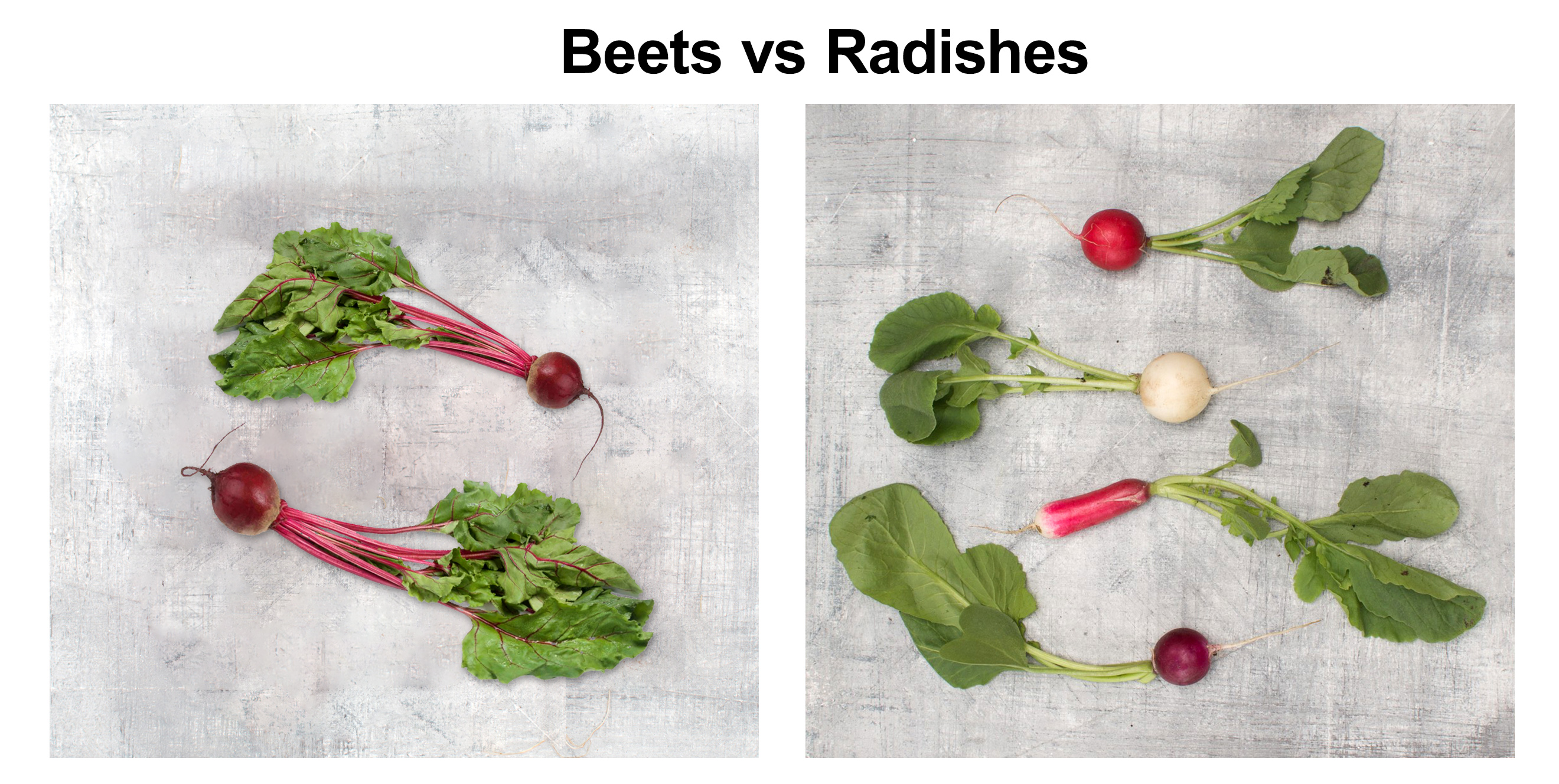
When it comes to taste, beets are significantly sweeter than radishes. Meanwhile, radishes have a sharp, peppery flavor that some people find too harsh. However, some people enjoy eating radishes raw or cooked. If you don’t really like the taste of radishes, but still seek to relish their health benefits, you can try eating them with thin dipping sauces or adding them to salads and other dishes where their flavor will be more subtle.
Both beets and radishes offer a host of health benefits and can be a delicious addition to your diet. If you’re looking for a vegetable that’s high in vitamins and minerals, go with beets. If you’re looking for a low-calorie vegetable that can help with weight loss or maintenance, go with radishes. And if you’re looking for a vegetable with a sweet flavor, go with beets. Ultimately, the best beet or radish is the one that you’ll enjoy eating the most, as you can’t really praise one of them over the other.
Are radishes healthier than beetroot?
Do not let the richer nutrition table of beets overshadow the health benefits of radishes. Sure, radishes may not have as much magnesium or potassium concentrated per 100 grams as beetroots, but they are still a great choice for those looking for a healthy root vegetable. Additionally, radishes have significantly lower sugar content than beetroots. This makes them a healthier option for those concerned about diabetes, which is getting more common amongst young people these days.
On the other hand, radishes could actually lover blood sugar levels, which is good for most of us, but also could be something to consider for people that actually have diabetes. Too little sugar in the blood can cause hypoglycemia, which can make diabetes patients to feel lightheaded, confused, and irritable. Severe cases can lead to seizures or loss of consciousness.
So if you’re looking for a sweet vegetable, beets are a better choice. But if you’re watching your sugar intake, radishes may be a better option.
Radish could be considered more healthy than beet in some cases. For example, when it comes to nutrients, especially sugars, it is not just the numbers on the table that need to be taken into account, but also the way we consume vegetables. It is important to note here, that radishes are often eaten raw, while beetroot is not normally eaten in any kind of raw form (usually cooked, pickled or fried). And we already know that processed food is metabolized more quickly than raw, untreated vegetables because the cooking process breaks down the plant’s cell walls, making the nutrients inside easier to digest. This means that the body can absorb and use them more quickly, which leads to a spike in blood sugar levels after eating. While cooked food may be more energizing than raw vegetables, it’s not always the healthiest way to eat.
Do beets taste like radishes?
Not at all! Beets usually taste earthy and a little sweet. Some people don’t really like the taste of beets, as they contain a compound called geosmin, which is responsible for its earthy flavor. Geosmin is a small organic molecule that is produced by certain bacteria and fungi. It’s also responsible for the musty smell of wet leaves and the taste of fresh, newly turned soil.
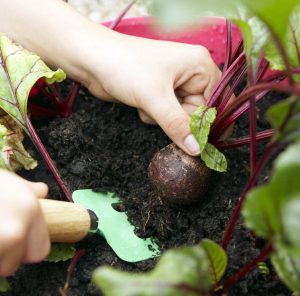
Beetroots tend to develop this taste as they grow in the ground. Their taste also vary based on growing conditions and maturity of the root. It takes between 50 – 70 days for most beetroot varieties to reach harvestable age. You can expect them to develop milder taste at the earlier state of maturity. That is probably why harvesting baby beets has become so popular. Overgrown beets develop more earthy taste which most people find less appetizing. This phenomenon is explained by agricultural experts: The taste of beetroots changes as they mature. The young vegetables have a sweeter taste, while the overgrown vegetables do not taste as good. This is because the sugar in the vegetable breaks down and becomes less sweet as the vegetable grows older.
All in all, beetroot taste does not resemble radish in any way. They are two very different vegetables, with different flavors. Radish has a much stronger, even peppery taste, while beetroot is earthier and slightly sweet. If you’ve never had a beet before, it may be hard to tell that they are related vegetables – they taste nothing alike! However, the strong taste in radish is not supposed to be overwhelming. If you find it to be abominable and putrid, you should know, that it is not normal. If your radishes have this taste, it is likely that you are growing them in poor soil conditions. Be sure to give enough water and fertilize your radish plants regularly to ensure they have the best possible flavor.
Are these vegetables are in the same family?
No, not really. Beetroots actually come from Amaranth family which has over 2000 species of herbaceous flowering plants. You might know some of them from your kitchen like Quinoa and Spinach and even from your garden like Celosia (Cock’s comb flower) and Gomphrena (also known as Globe Amaranth). While Radishes are members of the Brassicaceae plant family, they are related to cabbages and mustard, which also carry the specific characteristics of taste, such as peppery bite on your tongue.
Does beetroot give you wind?
When you eat beets, your digestive system might experience some discomfort. Why? Even though beetroots are not related to cabbages, broccoli and radishes, they can still give you gas (but for a different reason). Beetroots contain high levels of soluble fiber, which can cause indigestion and gas in some people. This information should not make anyone feel worse about themselves; rather it just explains the biology when it comes to fiber. It’s good for you though! No, not the gas, the fibery food is good for digestive system!
Does beet make your pee red?
It might be. The condition is called Beeturia – passing of red or pink urine after eating beetroots or foods colored with beetroot extract or beetroot pigments. Beets are a good source of dietary fiber as well as other compounds, including betacyanin, a reddish pigment. It is responsible for the color of the beetroot juice and also for the red color of urine after eating beets. Betacyanin turns out to be a powerful antioxidant that can also protect cells from damage.
Does beet make you poop red?
It is normal to experience a case of purple or red stool after eating beets. In fact you may normally expect it to happen once or twice in the next 12-24 hours, but there really is no “normal” when it comes to poop, since everyone’s digestive system is different. Therefore, there is no rule on how soon it will happen and how long is poop red from beets. However, it is generally not cause for alarm if you have red poop after eating beetroot.
Beetroot contains a natural pigment called betalain that can turn your stool red or purple. This usually isn’t a cause for concern and is simply the result of your body digesting the beetroot. However, if you are experiencing other symptoms such as severe diarrhea, abdominal pain, or fever, then you should consult with your doctor to rule out any other potential causes.
You might also wonder, do radishes make your pee smell. The smell of urine that can develop after eating radish is a strong, unpleasant odor that is often described as being similar to rotting eggs. This smell is caused by the conversion of the radish’s sulfur compounds into their secondary metabolites that will leave your body through urination. Fortunately, there are a few things you can do to help reduce the smell, such as drinking plenty of water.
Can you eat beetroot raw?
Interestingly, some cooking blogs will tell you to eat beetroot raw (usually in a salad). The encouragement to eat raw beetroot is not worth the pain of chewing. It’s usually too hard for most people and you’ll end up with an unpleasant meal instead! If you want to eat beetroot, cook it first. You can roast, boil or steam beetroot and then add it to salads or eat it on its own as a side dish. The skin of the beetroot must be peeled off before it can be eaten. This is because the skin is not edible and might contain soil trapped within it’s crumbly surface.
Can you eat radish raw?
It is highly recommended to eat radishes raw as opposed to cooking or pickling them. Unless it’s winter and you can’t get your hands on fresh vegetables, raw vegetables are generally more valuable to consume. It is recommended to eat radishes raw and unprocessed whenever possible, because cooking vegetables can actually decrease their nutritional value. So, by eating radishes raw, you’re getting the most benefit possible from these vegetables.
Smaller varieties of radishes could be eaten unpeeled as they have a tender, vitamin rich and nutritious outer layer. You can also peel them if you want to but it is not necessary for the most part since these roots are easy to wash thoroughly, and usually don’t carry any unwanted materials.
Beets and radish in a dish
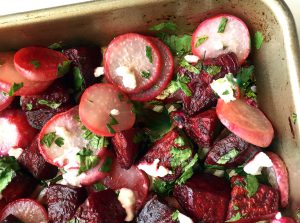
These two vegetables actually makes up a really good roasted meal (or a side dish). Here is what you need:
About 3 cups of diced beetroots and a little less (2 cups) of round red radishes.
A tablespoon of olive oil.
Some lemon or lime juice (freshly squeezed).
Half of teaspoon of red vine vinegar.
Fresh herbs (cilantro or even radish leaves).
Up to 100 g of goat cheese.
Some salt (goat cheese is usually quite salty, but I tend to mix in some salt when oiling the beets).
Preheat the oven to 200° C and toss the beets with with olive oil. Add some salt to the mixture. Roast the beets alone for up to 20 minutes. Remove the tray and mix in the radishes. Stir well to make sure radishes are coated with oil and interlaced with beets. Roast for 20 more minutes until tender. The cooking time may vary depending on the cut size.
Remove the tray and sprinkle with a mixture of lemon juice and vinegar. Decorate by sprinkling green herbs (cilantro, radish leaves) and adding some more goat cheese.
Can you plant radishes and beets together?
Yes, you should get away with planting radishes and beetroots next to each other in your garden, just make sure to give them enough space. Radishes tend to germinate really well, and both of these vegetables can withstand lower soil temperature. These cold-tolerant crops can sprout at about 17-25°C soil temperature, and you might start seeing them pop out the surface after about a week. However, it will take much shorter time for radishes to reach harvestable age. Most of round radish varieties are good to be picked at 3-5 weeks after planting the seeds, but it will take as long as 2 whole months for you to have your beetroots ready for harvesting.
Also, if you like to plant your radishes indoor (this could be done using small to medium size pots), it might not be such a good idea to stick beetroot seeds if you don’t plan to re-plant those beets outside before they begin to mature. You see, most of the small, round radish varieties that people tend to grow on their windowsill only reach 7-10 cm root circumference, while beetroots can thicken up to 20-30 cm circumference, which is less than ideal if you expect to grow more than one or few of them.

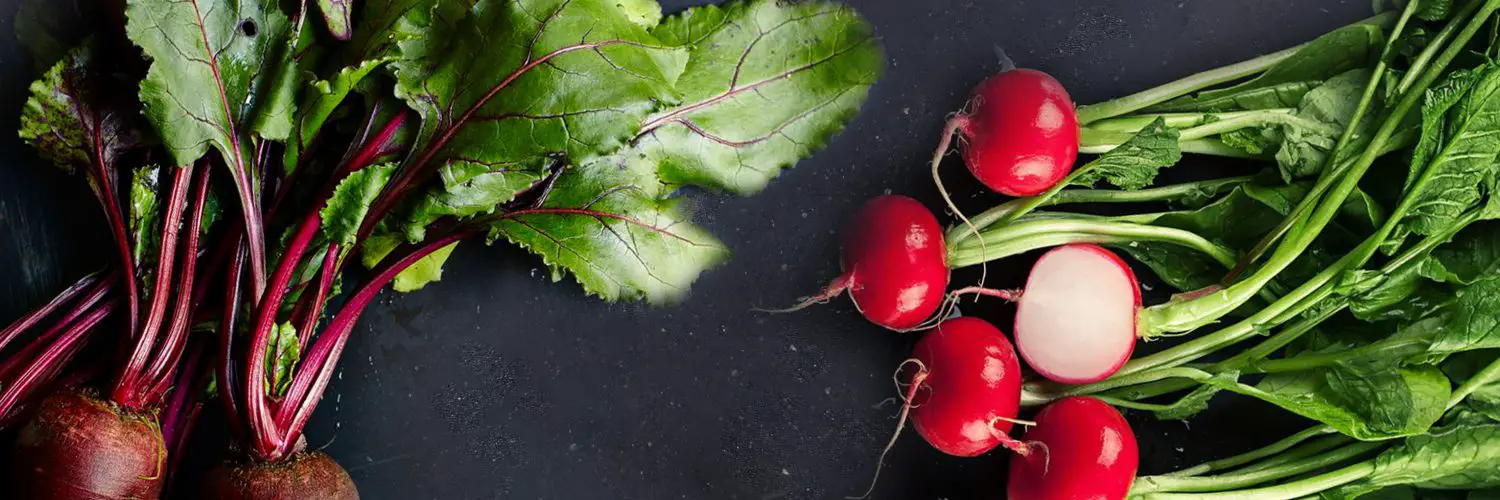
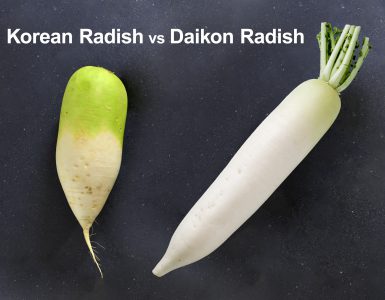
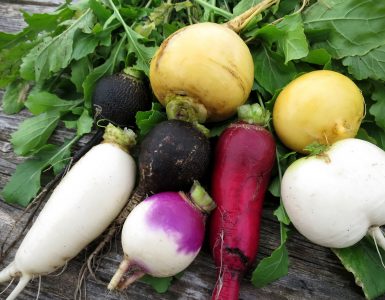









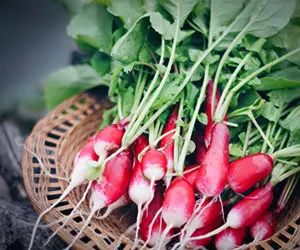

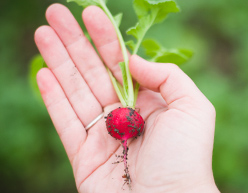







Add comment